Yoshio Taniguchi’s new Heisei Chishinkan wing is a minimalist counterpoint to the Kyoto National Museum
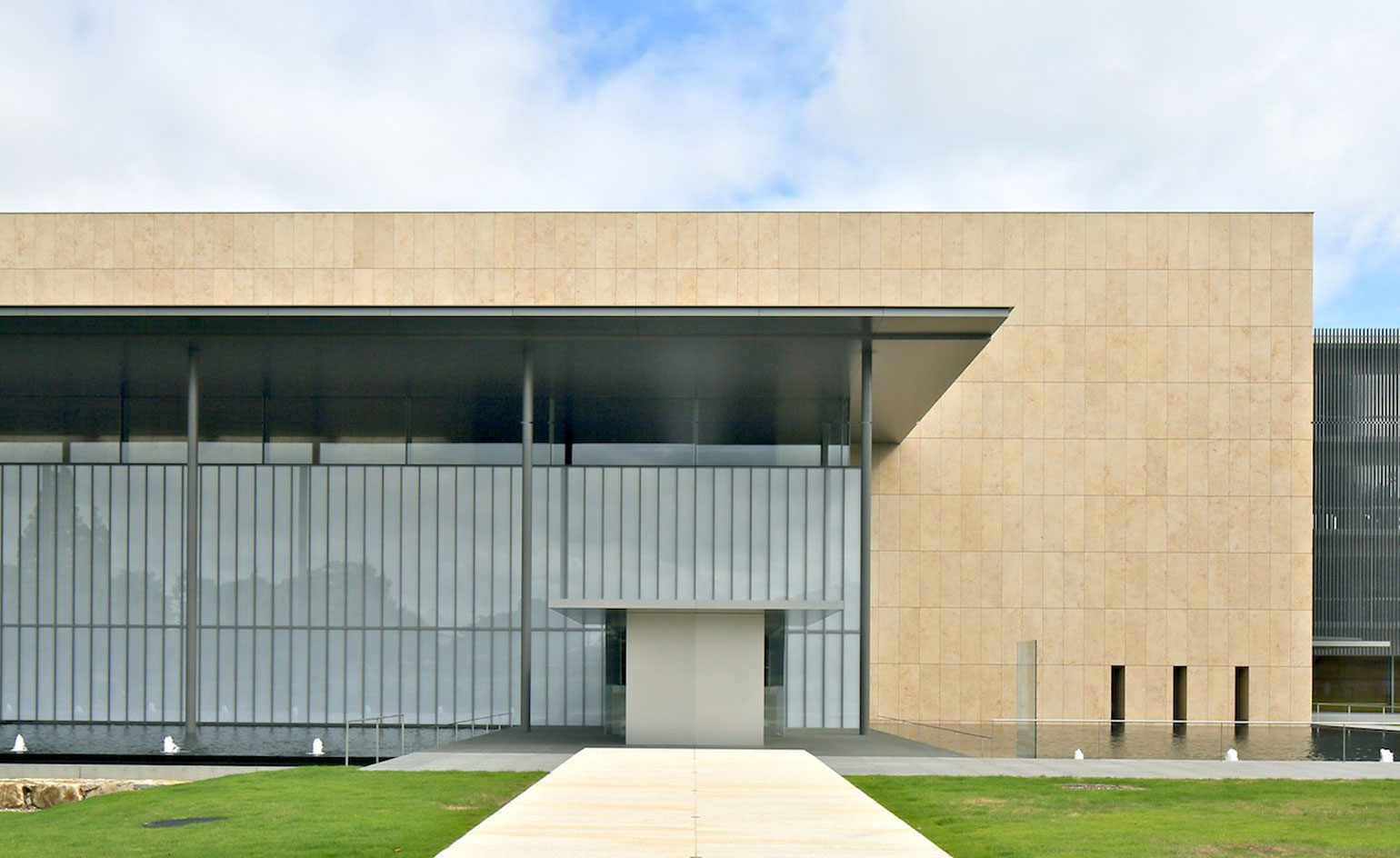
A full 16 years after Praemium Imperiale Laureate Yoshio Taniguchi was given the commission to update the 1966 collection hall at the Kyoto National Museum, the new Heisei Chishinkan finally opened on 13 September.
The almost 18.000 m2 new wing now houses some of Japan's most important artworks, so it was key that the building, including the storage and exhibition facilities, was earthquake secured to the highest technological standards. In fact, the completed building has been left empty for a whole year before the opening just to make sure the construction materials and paints are all set.
Known as the Meiji Kotokan, the museum's main building dates back from 1895 and, with its red-brick French Renaissance ornamental style, it could not be more different from Taniguchi's strict geometrical and modern architecture in glass, steel and limestone. Taniguchi - who is also behind the redesign of the Museum of Modern Art in New York - hasn't tried to hide this, but has made some considerations to facilitate the juxtaposition between these two very different buildings. The height of the new building's portico roof is kept at the same level as the old building's eaves. Two stories of the new wing have been constructed underground to minimise the volume of the rather large building, so as not to overpower the existing Meiji Kotokan.
The interiors are sharply divided in two. The exhibition and storage areas are completely shut off from natural light and feature the latest in climate control technology to preserve the precious cultural artefacts in the museum's archives. The front lobby, restaurant and offices are kept much more open and allow vistas of the surrounding greenery and Kyoto neighbourhoods.
Next up is landscaping. Taniguchi is planning to revamp the large central garden on the complex to better connect these two very distinct buildings. Watch this space.
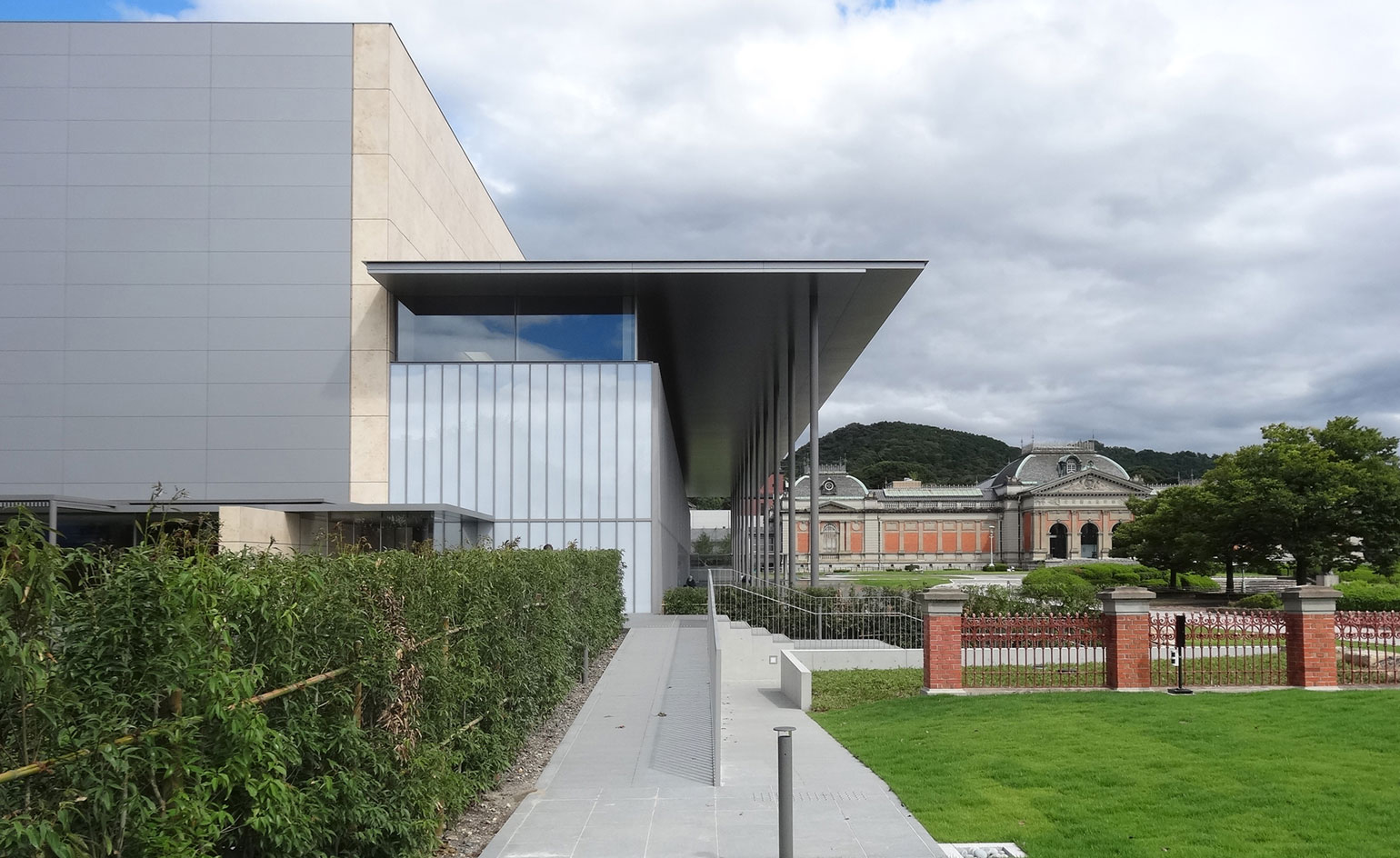
The new addition is a minimalist departure from the museum's existing Meiji Kotokan building, which dates back from 1895.courtesy of Kyoto National Museum
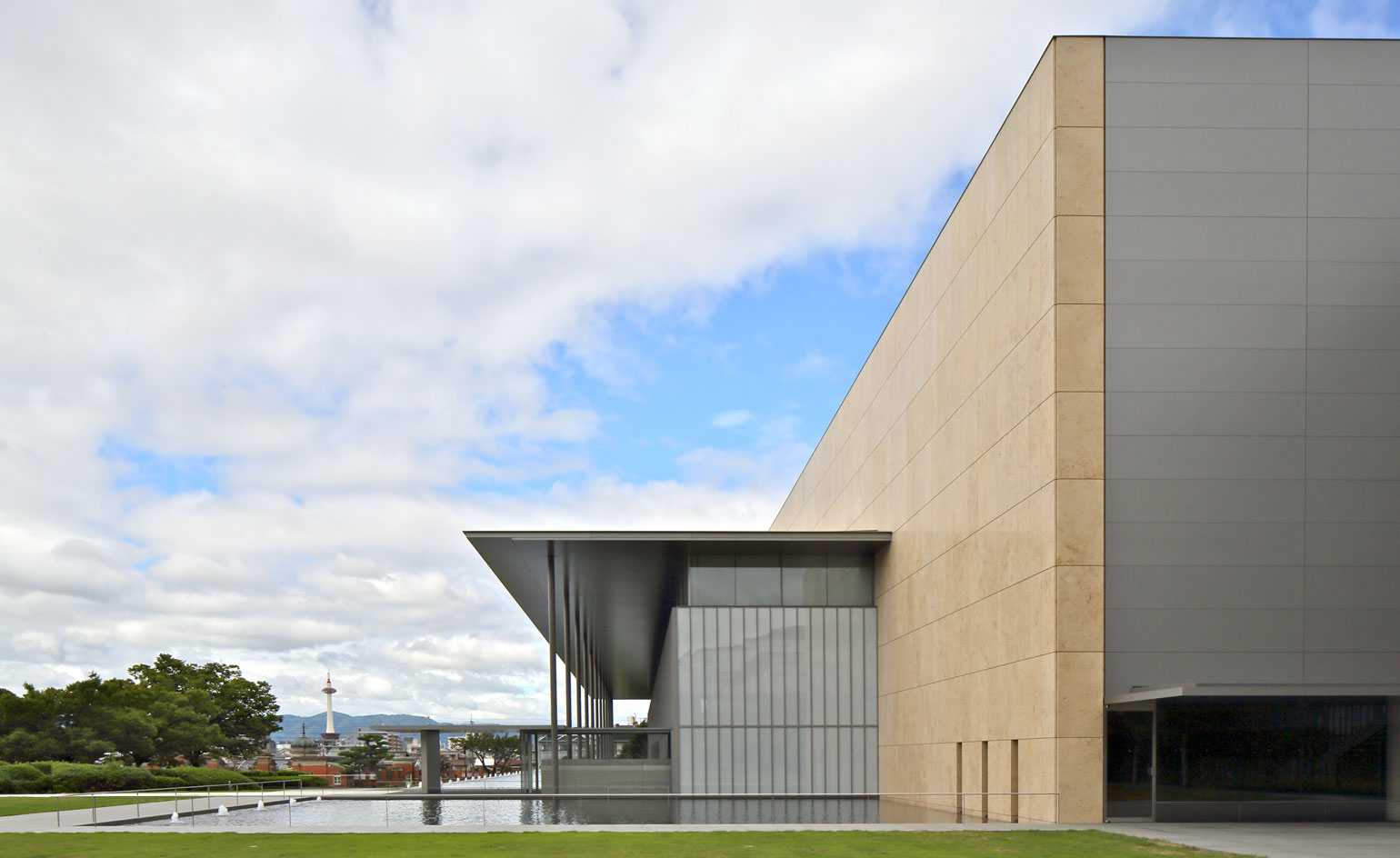
Despite their differences, there are subtle visual connections between the two buildings. Taniguchi has kept the Heisei Chishinkan's portico roof at the same level as the older building's eaves.courtesy of Kyoto National Museum
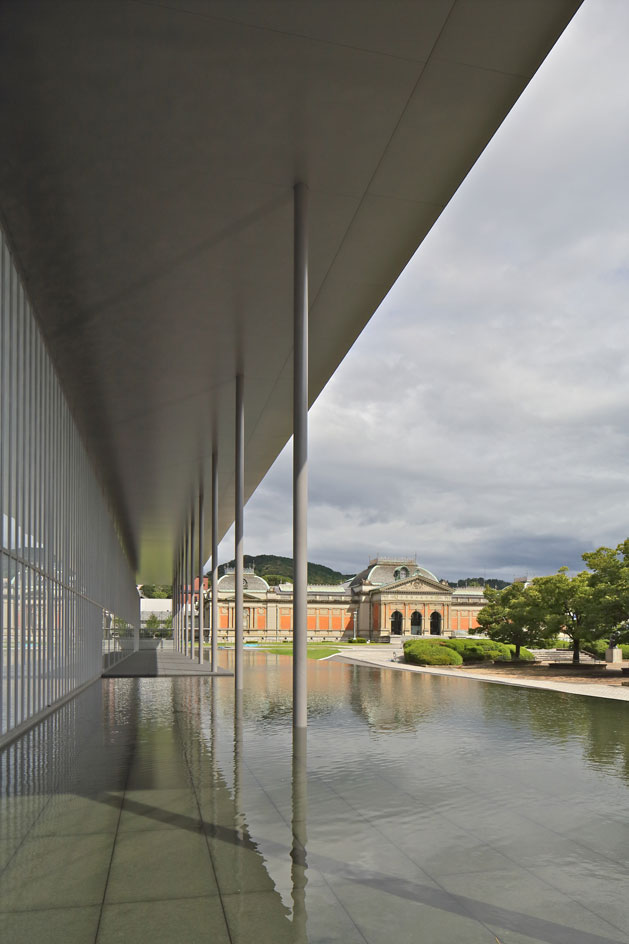
The glass, steel and limestone building also features two underground levels, making its overall volume more manageable and respectful to the Meiji Kotokan's shape. courtesy of Kyoto National Museum
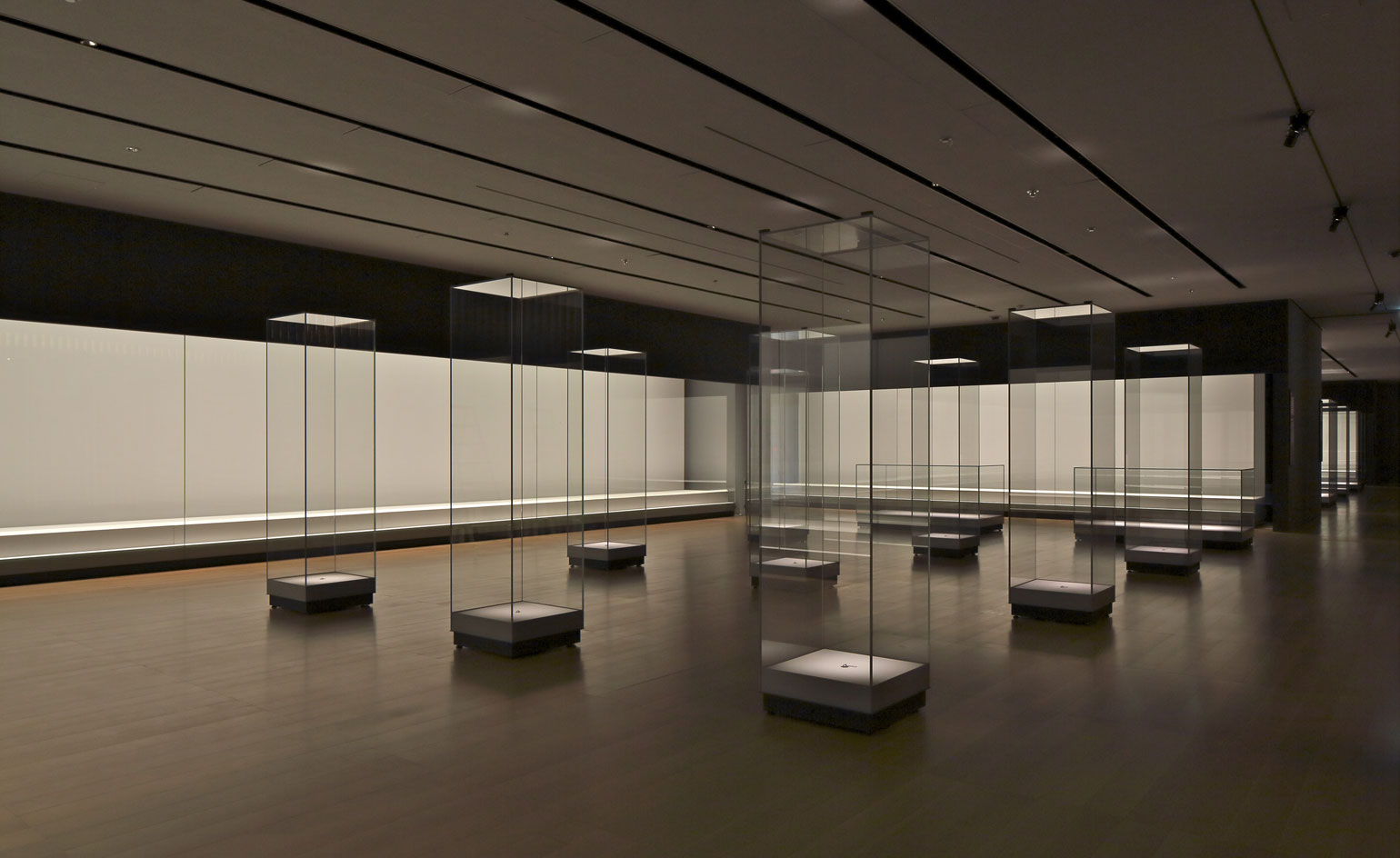
The exhibition and storage areas are completely shut-off from natural light and feature the latest in climate control to preserve the museum's precious artefacts. courtesy of Kyoto National Museum
Address
Kyoto National Museum
527 Chaya-cho
Higashiyama-ku
Kyoto
Japan 605-0931
Wallpaper* Newsletter
Receive our daily digest of inspiration, escapism and design stories from around the world direct to your inbox.
Originally from Denmark, Jens H. Jensen has been calling Japan his home for almost two decades. Since 2014 he has worked with Wallpaper* as the Japan Editor. His main interests are architecture, crafts and design. Besides writing and editing, he consults numerous business in Japan and beyond and designs and build retail, residential and moving (read: vans) interiors.
-
 Fancy a matcha-beer cocktail? Visit this dashing new LA restaurant
Fancy a matcha-beer cocktail? Visit this dashing new LA restaurantCafé 2001 channels the spirit of an American diner with the flow of a European bistro and the artistry of Japanese cuisine
By Carole Dixon
-
 Los Angeles businesses regroup after the 2025 fires
Los Angeles businesses regroup after the 2025 firesIn the third instalment of our Rebuilding LA series, we zoom in on Los Angeles businesses and the architecture and social fabric around them within the impacted Los Angeles neighbourhoods
By Mimi Zeiger
-
 New book 'I-IN' brings together Japanese heritage and minimalist architecture at its finest
New book 'I-IN' brings together Japanese heritage and minimalist architecture at its finestJapanese architecture studio I-IN flaunts its expert command of 21st-century minimalism in a new book by Frame Publishers
By Ellie Stathaki
-
 New book 'I-IN' brings together Japanese heritage and minimalist architecture at its finest
New book 'I-IN' brings together Japanese heritage and minimalist architecture at its finestJapanese architecture studio I-IN flaunts its expert command of 21st-century minimalism in a new book by Frame Publishers
By Ellie Stathaki
-
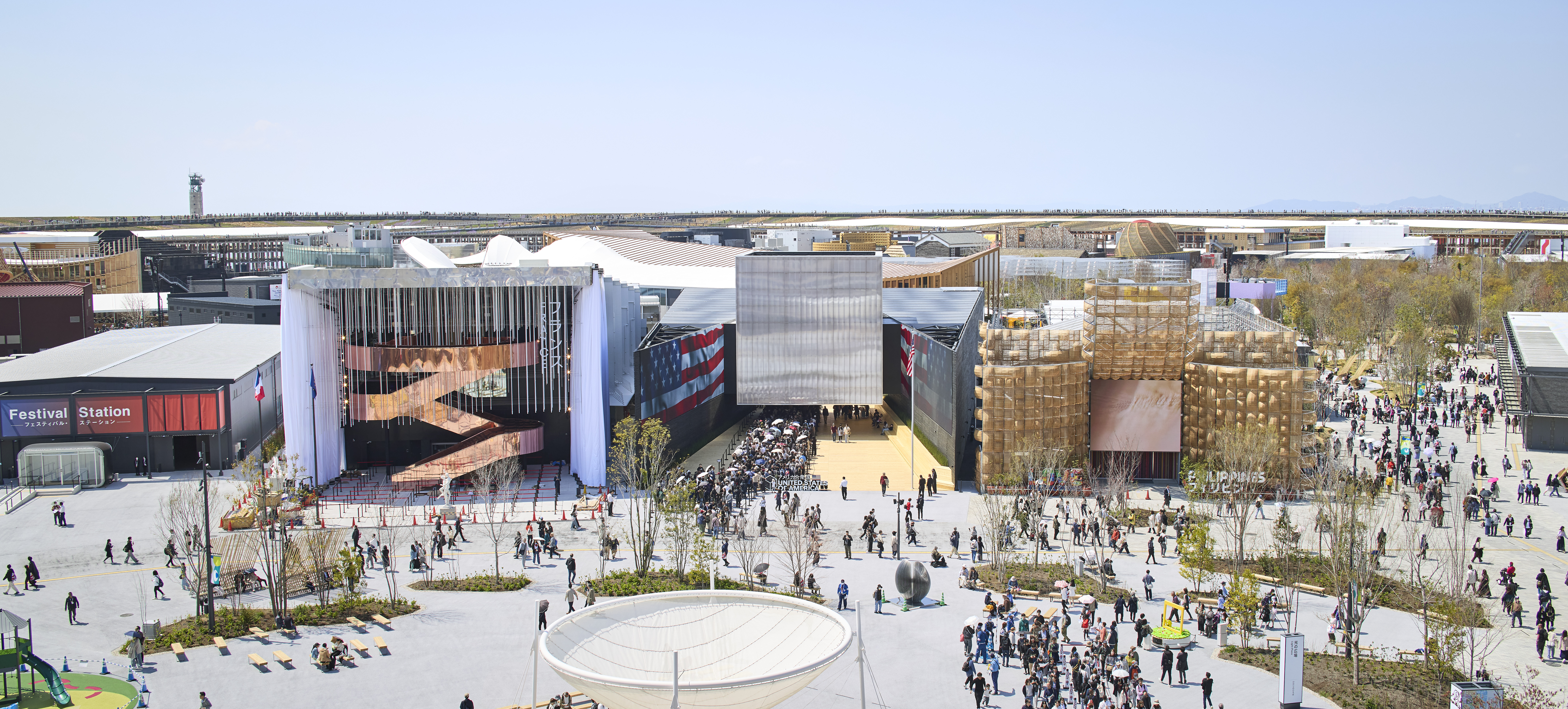 Giant rings! Timber futurism! It’s the Osaka Expo 2025
Giant rings! Timber futurism! It’s the Osaka Expo 2025The Osaka Expo 2025 opens its microcosm of experimental architecture, futuristic innovations and optimistic spirit; welcome to our pick of the global event’s design trends and highlights
By Danielle Demetriou
-
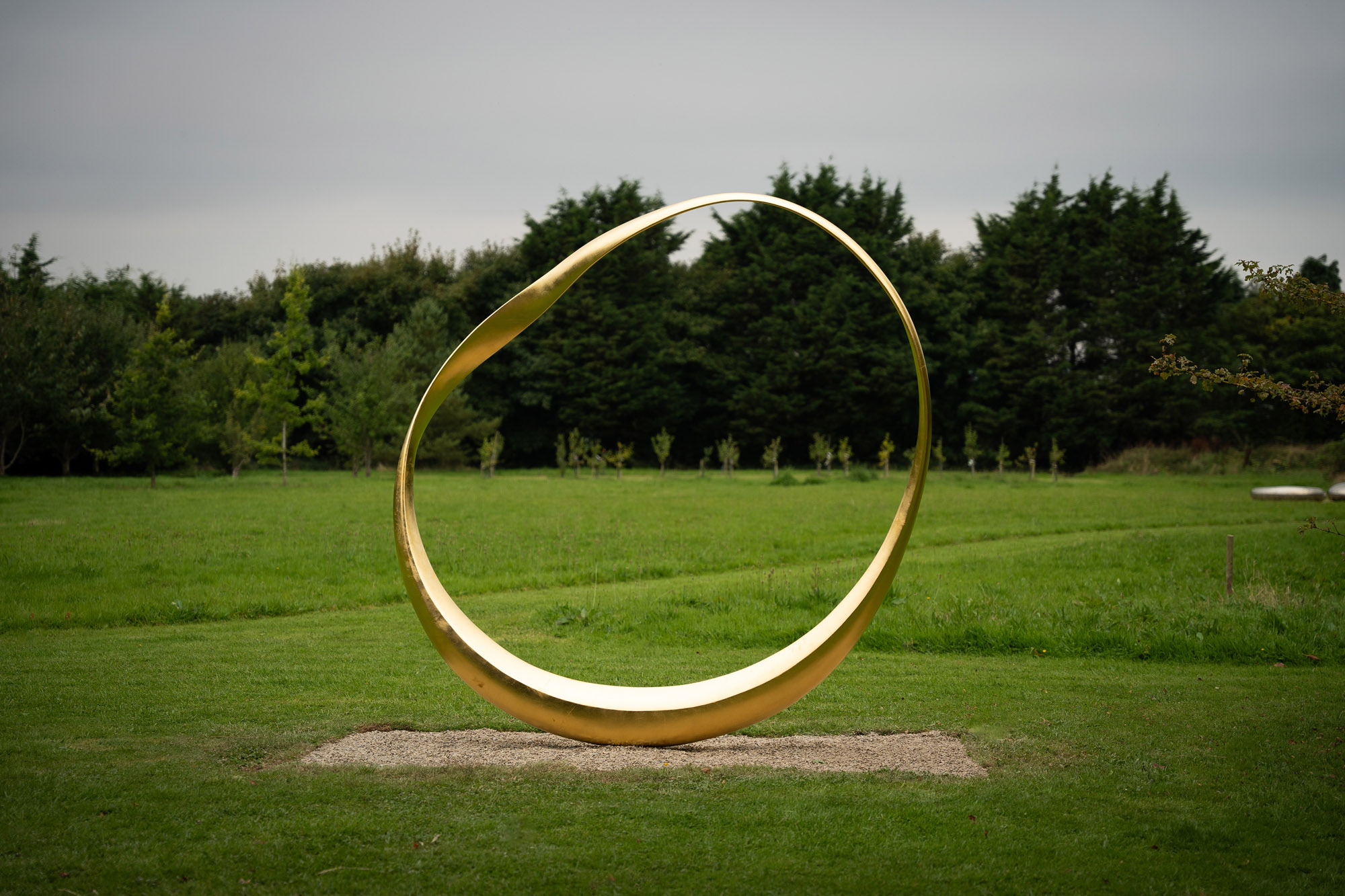 2025 Expo Osaka: Ireland is having a moment in Japan
2025 Expo Osaka: Ireland is having a moment in JapanAt 2025 Expo Osaka, a new sculpture for the Irish pavilion brings together two nations for a harmonious dialogue between place and time, material and form
By Danielle Demetriou
-
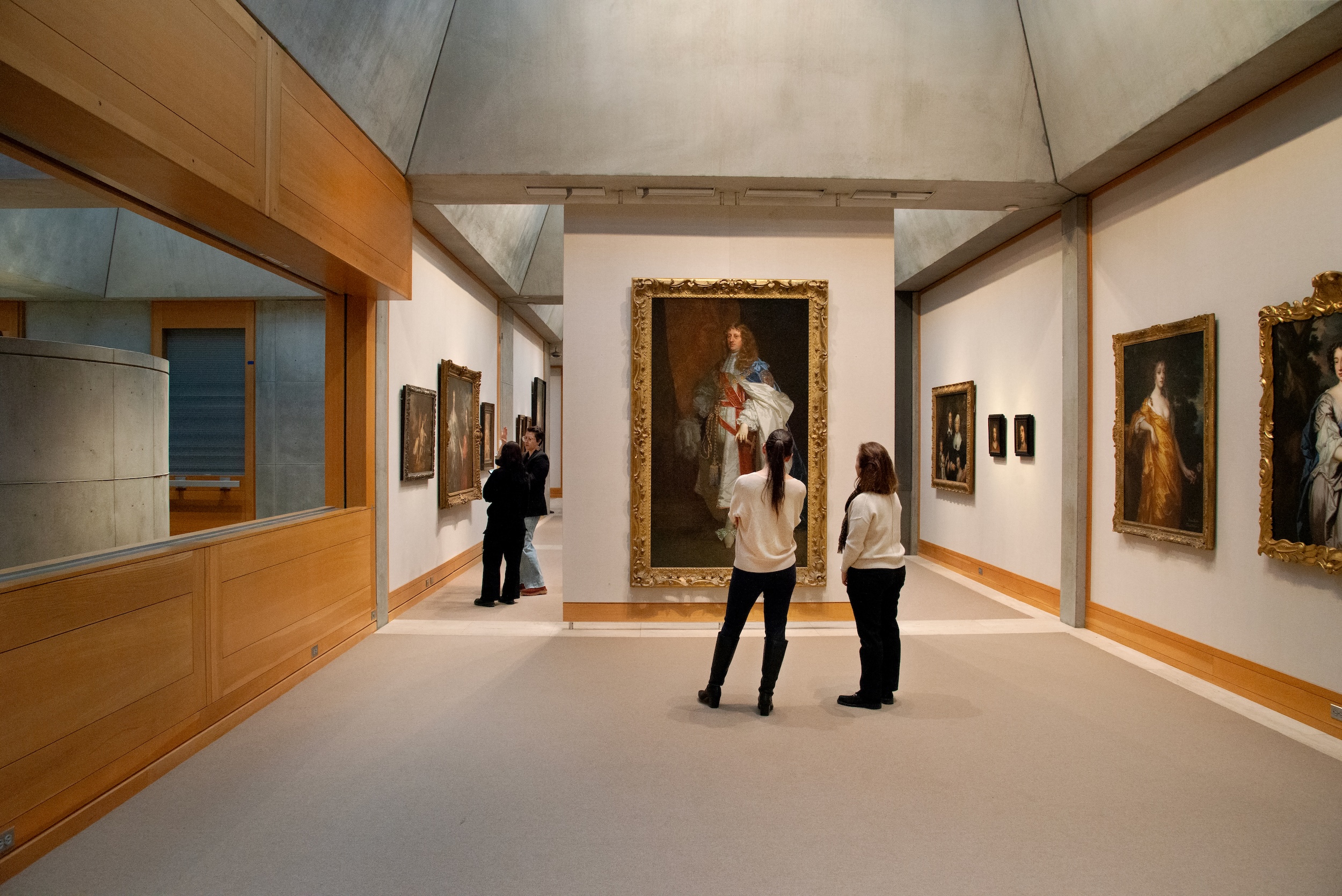 The Yale Center for British Art, Louis Kahn’s final project, glows anew after a two-year closure
The Yale Center for British Art, Louis Kahn’s final project, glows anew after a two-year closureAfter years of restoration, a modernist jewel and a treasure trove of British artwork can be seen in a whole new light
By Anna Fixsen
-
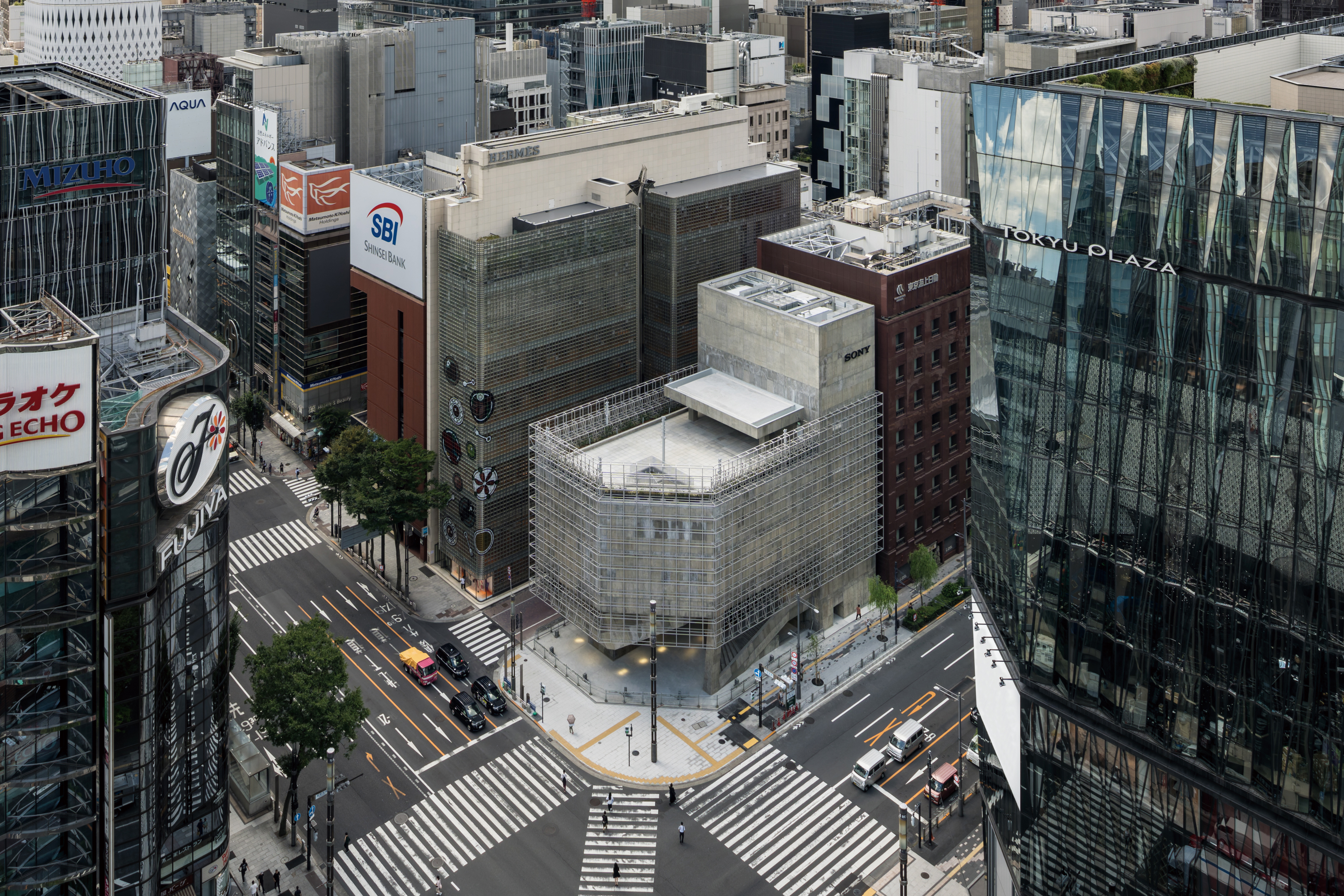 Tour the brutalist Ginza Sony Park, Tokyo's newest urban hub
Tour the brutalist Ginza Sony Park, Tokyo's newest urban hubGinza Sony Park opens in all its brutalist glory, the tech giant’s new building that is designed to embrace the public, offering exhibitions and freely accessible space
By Jens H Jensen
-
 A first look at Expo 2025 Osaka's experimental architecture
A first look at Expo 2025 Osaka's experimental architectureExpo 2025 Osaka prepares to throw open its doors in April; we preview the world festival, its developments and highlights
By Danielle Demetriou
-
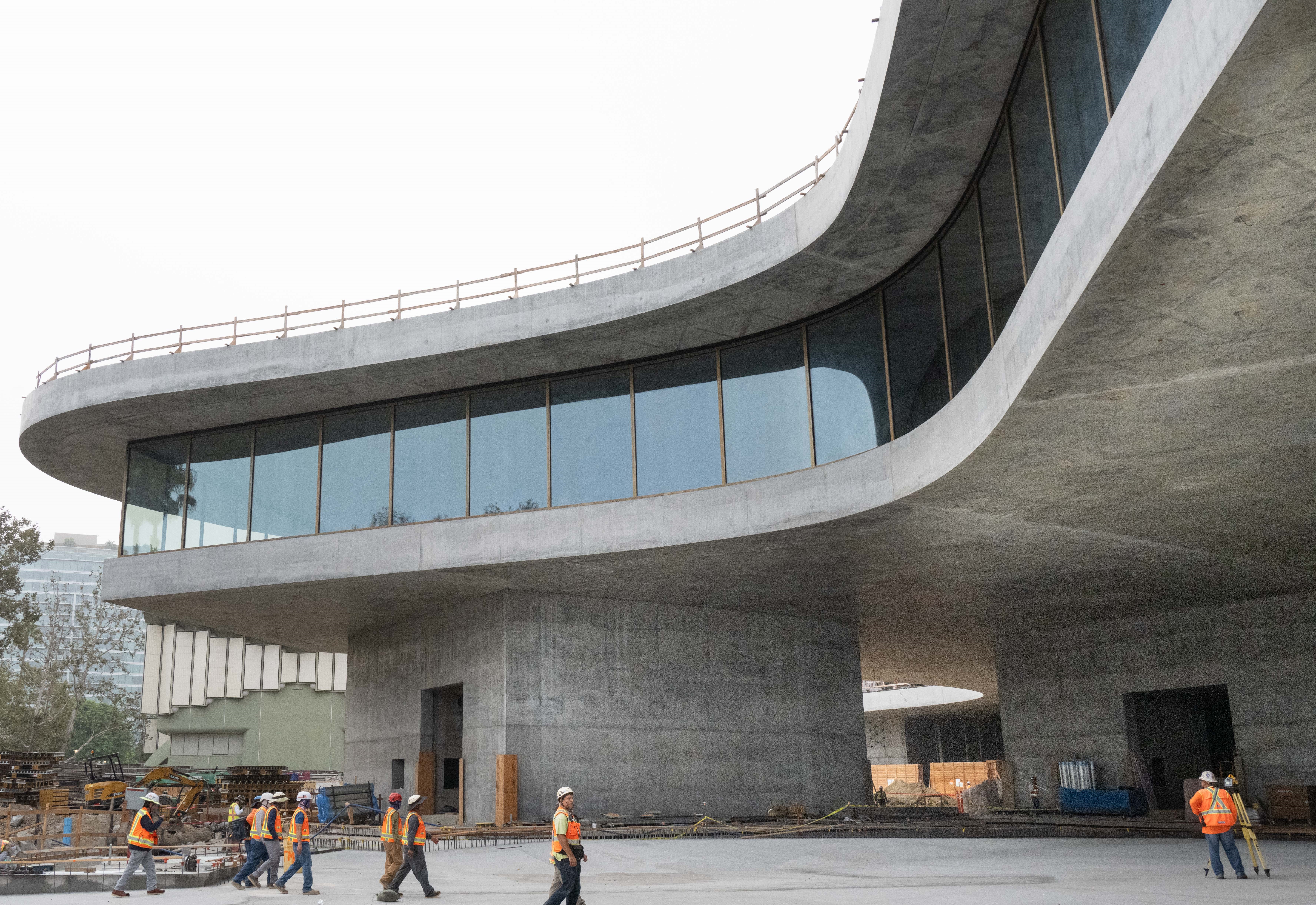 You’ll soon be able to get a sneak peek inside Peter Zumthor’s LACMA expansion
You’ll soon be able to get a sneak peek inside Peter Zumthor’s LACMA expansionBut you’ll still have to wait another year for the grand opening
By Anna Fixsen
-
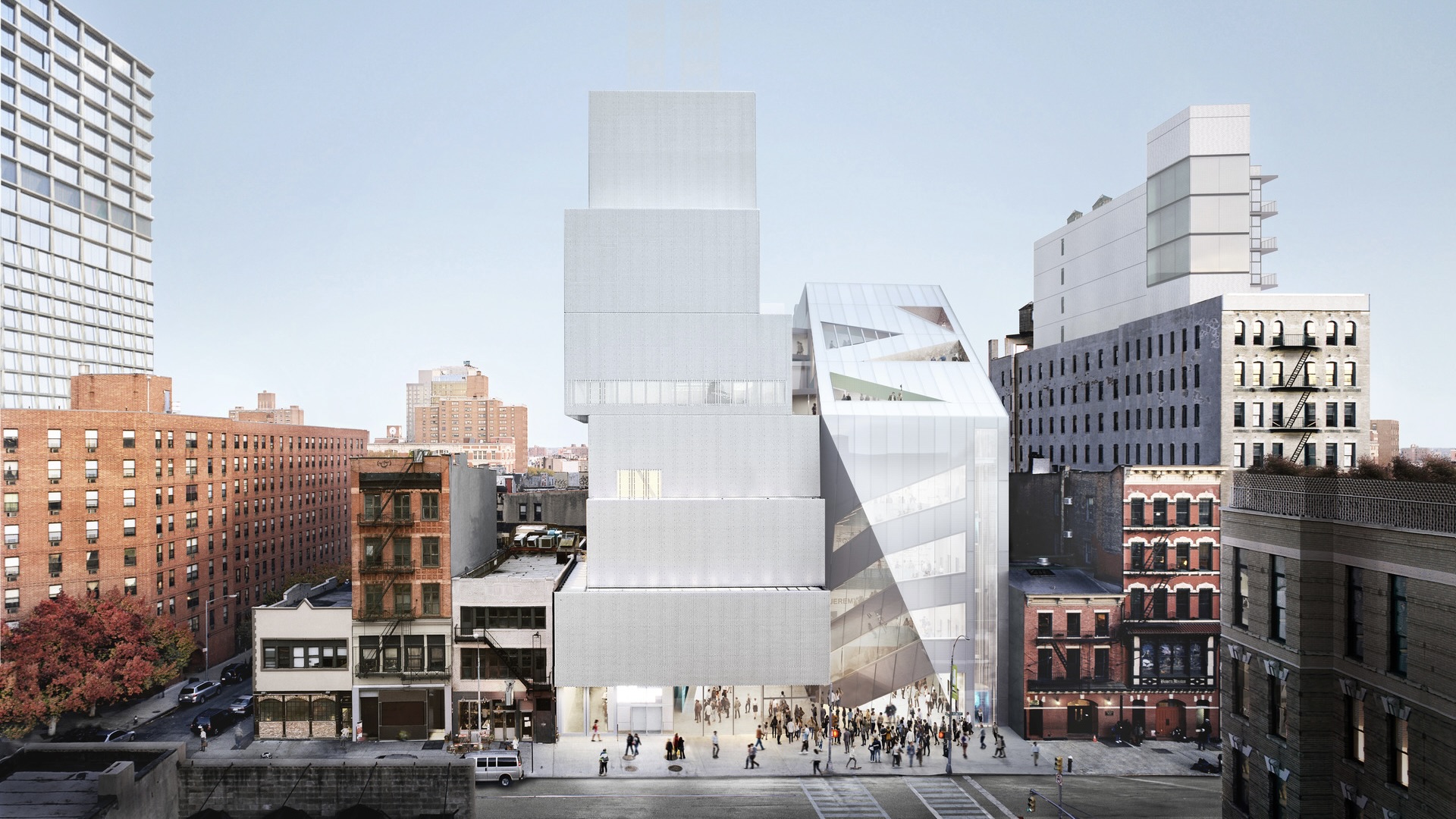 NYC's The New Museum announces an OMA-designed extension
NYC's The New Museum announces an OMA-designed extensionOMA partners including Rem Koolhas and Shohei Shigematsu are designing a new building for Manhattan's only dedicated contemporary art museum
By Anna Solomon